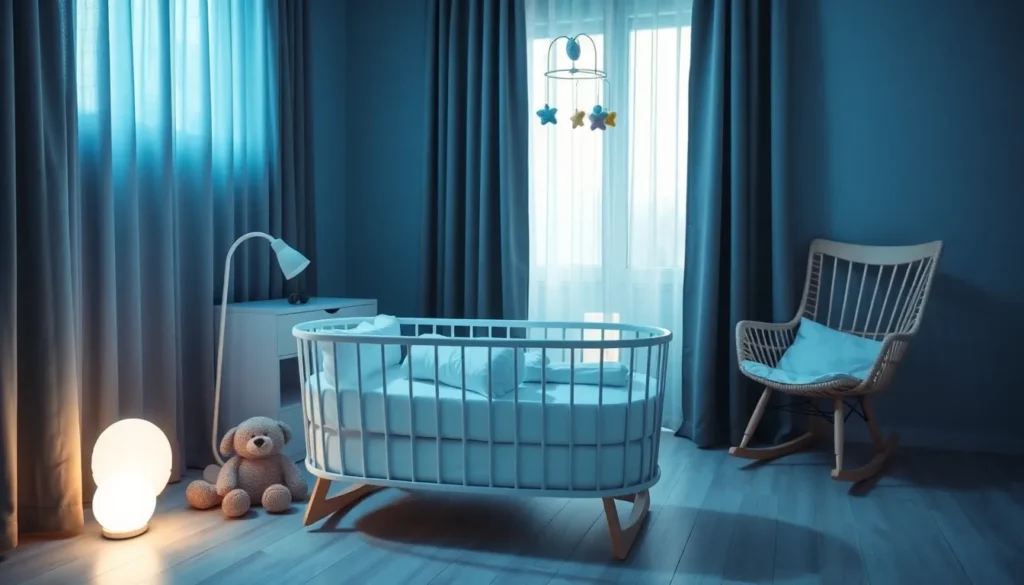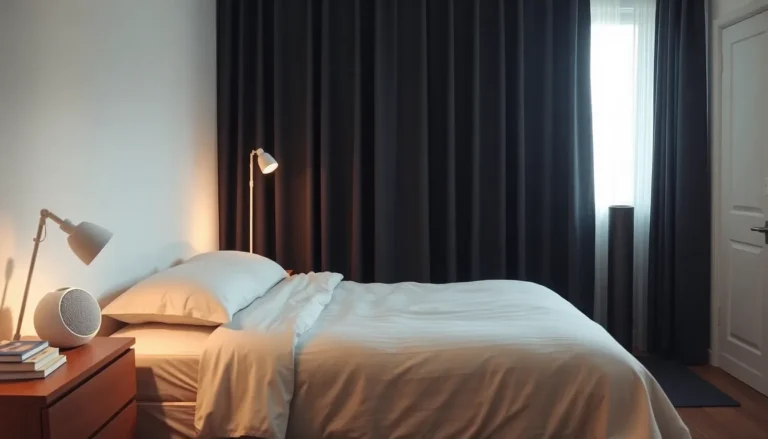Getting a newborn to sleep in a bassinet can feel like trying to teach a cat to swim. It sounds simple, yet the reality is often a hilarious series of trial and error. This article is here to bring clarity and humor to your bassinet struggles. With the right techniques, your little one can drift off to dreamland, leaving you to bask in a well-deserved moment of peace. So, grab your coffee, take a deep breath, and let’s jump into some practical tips that actually work.
Table of Contents
ToggleUnderstanding Newborn Sleep Patterns

Newborns have a unique sleep rhythm that can leave parents scratching their heads. Typically, they spend about 16 to 18 hours a day snoozing, but this sleep is spread out over short intervals. Babies often cycle between light and deep sleep every 50 to 60 minutes. Recognizing these patterns can be crucial for getting your baby cozy in their bassinet.
… If they seem to wake up every time you set them down, it’s likely they’re still in a lighter sleep phase. Understanding when your newborn is in deep sleep can dramatically affect their ability to stay asleep in their bassinet. Watch for those sleepy signs like yawning or heavy eyelids to gauge when it’s the right moment.
Creating a Comfortable Sleep Environment
The crib isn’t just a piece of furniture: it’s a sanctuary. Ensuring your newborn’s sleep space is cozy is essential for encouraging sleep. Firstly, a firm mattress covered with a fitted sheet is crucial for safety and comfort. Avoid soft bedding or toys, as they pose suffocation risks.
Next, the room temperature should be just right, keeping it between 68 to 72 degrees Fahrenheit is optimal. Not too hot and not too cold: think of it like the porridge in Goldilocks. Finally, consider room darkness. Heavy curtains can block out sunlight, promoting a sleep-friendly atmosphere.
Establishing a Soothing Bedtime Routine
Routine is like magic for a newborn. Developing a consistent bedtime routine can signal to your baby that it’s time to wind down. Start with a warm bath, followed by gentle rocking or singing. The familiar actions can help them transition from the excitement of the day to the tranquility of nighttime.
Including activities that involve skin-to-skin contact can also be soothing. After those calming rituals, place your baby in the bassinet while they are drowsy but still awake. This helps them learn to fall asleep on their own, fostering independence as they grow.
Utilizing White Noise and Swaddling Techniques
If your newborn seems startled by every little sound, consider introducing white noise. This consistent sound mimics the environment of the womb, calming your baby and promoting deeper sleep. You can use a white noise machine or even an app on your phone: just make sure not to place it too close to the bassinet.
Swaddling can also work wonders. Wrapping your baby securely in a light blanket creates a cozy feeling, reminiscent of being held. Practice swaddling techniques to find a comfortable fit that doesn’t restrict their movements too much.
Responding To Your Baby’s Needs
Listening to your baby is key. Each cry is a form of communication. Whether it’s seeking comfort or expressing hunger, developing an understanding of these cues is imperative. If your newborn wakes and cries, first assess their needs. Are they hungry, uncomfortable, or simply needing a little reassurance? Responding in a gentle, calm manner reinforces trust and security, encouraging them to feel safe in their bassinet.
When To Transition From Bassinet To Crib
Making the leap from bassinet to crib is an important milestone. Most experts suggest this transition happens around 3 to 6 months, or when your baby starts showing signs they’re ready for a bigger sleeping space. This could be when they begin to roll over or push up on their knees. Monitor your baby’s growth and development to determine the best time to make the move. Keep in mind, the crib offers a larger space for active sleep patterns and growth.




